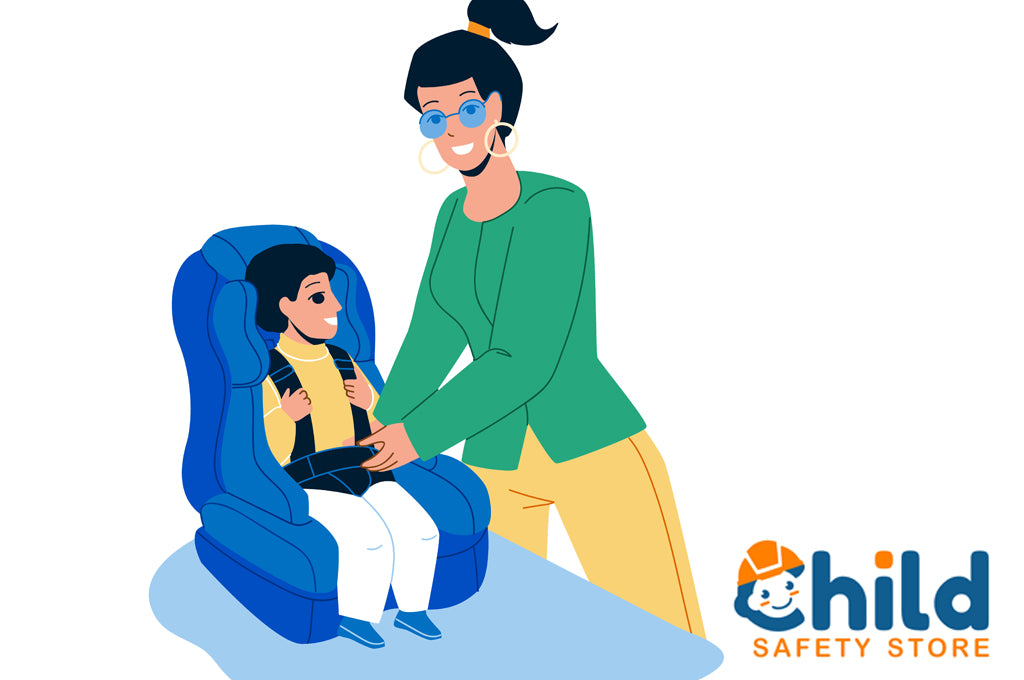
Car Seat Safety: From Newborn to 12 years
With motor vehicle crashes as the leading cause of death for children aged four and up, we can’t talk about car seat safety enough. According to the Centers for Disease Control and Prevention, car seats reduce the risk of child injuries from crashes by 71 to 82%. This is compared to when seat belts alone were used.
As you can see, it pays to have, and know how to properly use a car seat. It can seriously reduce the likelihood of injuries!
Choosing a Car Seat
It is important to choose a seat that is the best fit for you and your family. After all, there is a wide variety of car seats to choose from. For one, some seats are exclusively rear-facing. Others are convertible seats that allow you to switch to a forward-facing seat as your child grows. In addition, some car seats have special features, such as clicking into a stroller.
To know what seat is right for your situation, it’s best to read reviews and consult write-ups from sites like Consumer Reports. You can also go to the store to see the products for yourself. Above all, car seat child safety must be the very top priority when choosing one for your little one.
Installing Your Car Seat
When possible, install your car seat in the center of the back seat. One thing you may not know about car seat safety is that it should be kept it away from air bags. These can be dangerous in the event of a crash.
It is important to note, all car seats are not created equal. It is vital that you refer to your individual product manual when installing your seat. Every manufacturer has different instructions and guidelines.
If you’d like to check your work, or don’t feel comfortable installing your own seat, you can check with your local fire department. Many fire departments have car seat safety days, during which they can help you to install or check your child’s seat.
Changing to a Front-Facing or Booster Seat
We’ve written in the past about when to turn your child’s car seat around. However, while we are discussing car seat safety, this is a note we don’t want to miss.
When deciding whether to turn your child’s seat around, you will want to use weight and height as your main deciding factors. That said, these requirements differ from one seat to another. You can usually find them on the seat’s label.
- Rear-facing: Generally, you will want to keep your child in a rear facing seat for as long as possible, until the child reaches the weight and height requirements. This is the safest position for your little one.
- Front-facing: Once your child reaches the correct weight and height, they can sit in a front-facing seat. Depending on your current seat, this may require that you purchase a new product.
- Booster seat: When your child outgrows the front-facing seat, it isn’t quite time to put the seat away yet. A booster seat is a good transition stage before solely relying on the car’s seat belt.
- Seat belt: Even when they are no longer in a booster, children should remain in the back seat at least through age 12. When in a seat belt, the belt should fit across the middle of the shoulder and chest. Their knees should bend at the edge of the seat, and feet should reach the floor.
Other Car Seat Safety Tips
- Remember that your little one should not be wearing a bulky winter coat when in their car seat. Unfortunately, this can prevent the harness from properly securing the child in place. As long as it is placed over the locked harness, you can still place a blanket over the child to keep them warm.
- Though we’ve addressed this in past blogs, never leave your kids in the car alone. This is true whether they are in a car seat or not.
- Many don't realize that car seats have expiration dates! The date is usually about five years after the manufacturing date, so be sure to check when your seat should be replaced.
- Register your car seat online. This will ensure that you are made aware of any recalls issued by the company.
